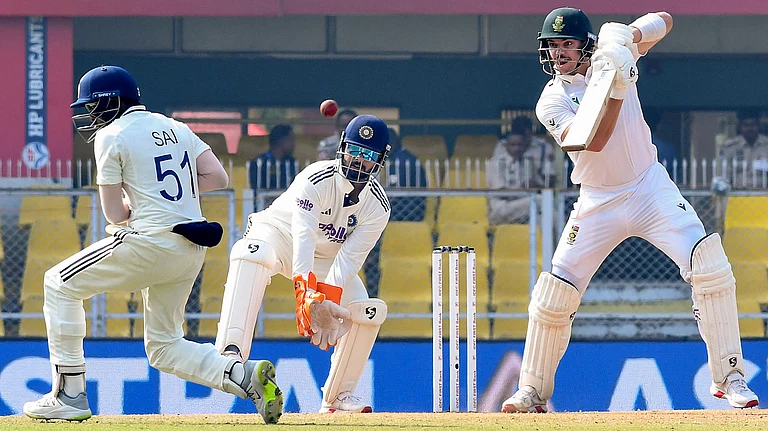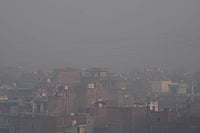Pancakes’ favourite sidekick, maple syrup is a natural sweetener made by merely boiling the sap of sugar maple trees. The first stream of maple syrup originated somewhere in North America and flooded the entire nation in no time. Eastern Canada has the widest opening for this cloyingly sweet syrup.
History of Maple Syrup:

Although there is more than one legend that describes the origin of maple, one thing’s for sure it was the indigenous North American tribes that began the tradition of tapping sugar maple trees for maple sugar and syrup. One story stars Chiek Woksis of Iroquois who discovered maple sap when he threw a tomahawk at a maple tree. The sap got warmed inside the bark by the sun the next day, which led to the springing of the sweet syrup. American tribes including Ho-Chunk, Meskwaki, and Sauk were in the business of tapping maple trees around modern-day Rockford thousands of years ago.
Another story mentions a Prince Glooskap who once found his men who ought to work, lazily drinking maple from the trees. The following day, he added water to the syrup and made it available only in the spring, which compelled the workers to boil down the sap which was the beginning of the maple syrup saga.
There are a few other such legends that tell the birth story of maple.

A few decades later, an early entrepreneur from Montreal, Agathe de Repentigny came to be in King Louis XIV’s good books when she improved his daily almonds by sending him the gift of the “liquid gold”, and was successful in exporting a whopping 30,000 pounds of maple syrup to France.
When the Europeans grew to colonize the Americans, they started drilling holes in the barks of the maple trees instead of striking a wedge and collecting the sap via wooden spouts that they inserted in the hole drilled. It was in 1951 when the first can of maple syrup appeared on the shelves of common grocery stores bearing a design that was selected via a contest. As the period of industrialization dawned in 17th century America, every mechanical process ever saw evolution. Modern technology sped the process of tapping and boiling.
The mass production of maple is now a major industry in Quebec. It is responsible for 72% of the maple production in the world and exports it all to 60 countries. Today, there are nearly 11,300 maple producers in 7,400 Quebec enterprises generating an average of 120 million pounds of maple each year.
A little maple for you!
You can take a Maple Road trip through America, and we vouch that it won’t be anything like a quotidian road trip. North America’s most picturesque regions can be visited to take a look at the sweet, sweet ‘sugarmaking’.Vermont, Wisconsin, and Montreal are your maple hotspots during the sugarmaking season. Sugar maple farmers have no more than a few weeks in spring to harvest maple, which is around mid-March. This is your window to roam around sweet-smelling red-leaved woods and peek into the centuries-old maple-making process. Take a steam train chugging through the red-green woods. Let the slightly sweetened air fill your nostrils with every breath. Nothing can beat a fresh lot of pancakes on a maple farm with a drizzle of fresh, golden liquid.
Maple syrup in homes today is nothing but a bottle of gold waiting to be uncapped for America to flow. Love it, cherish it.




















